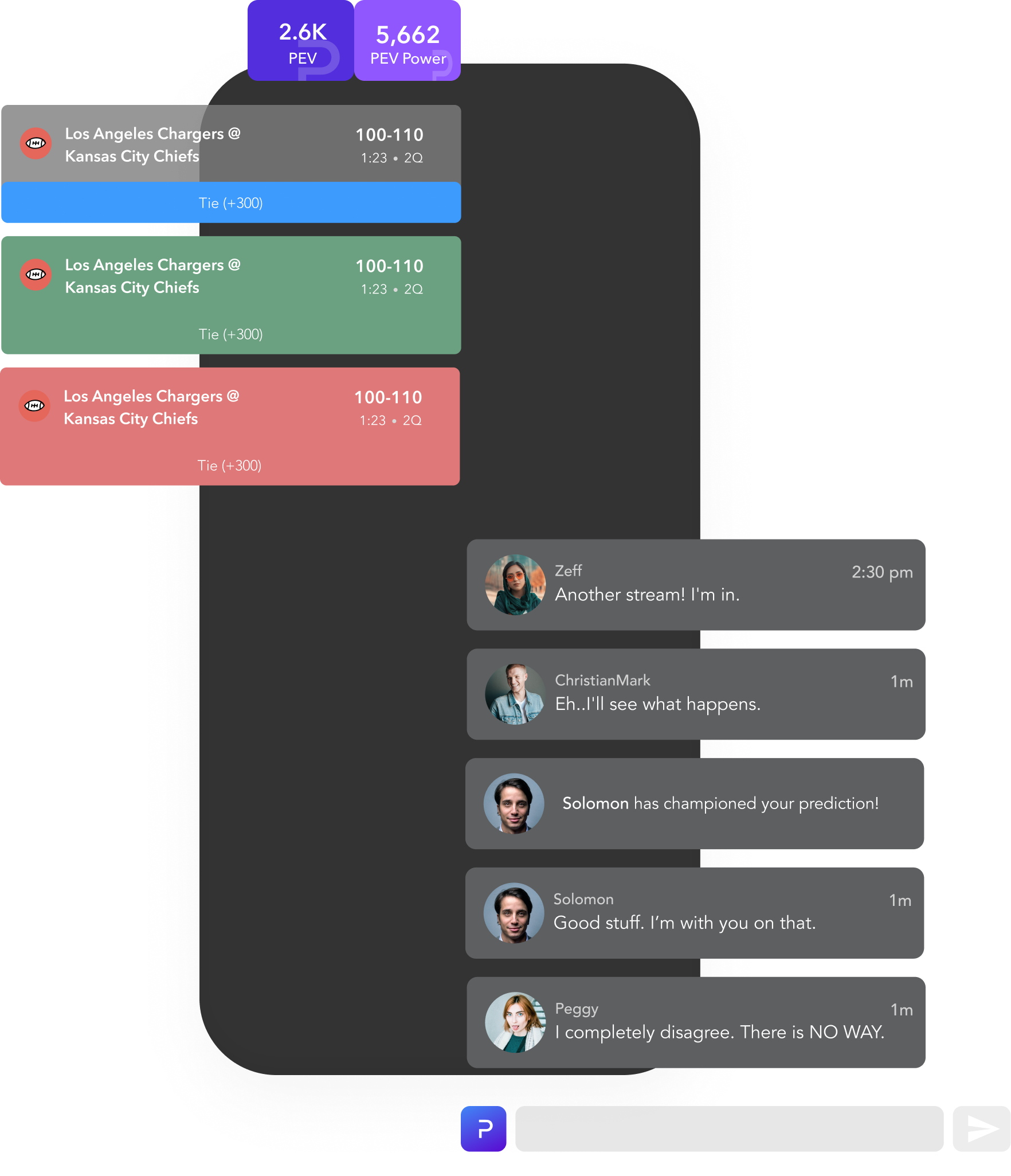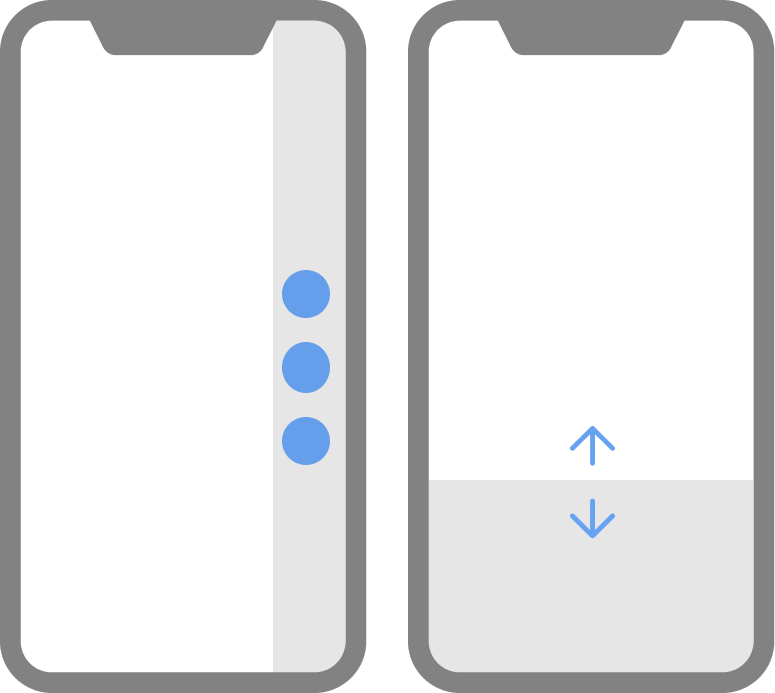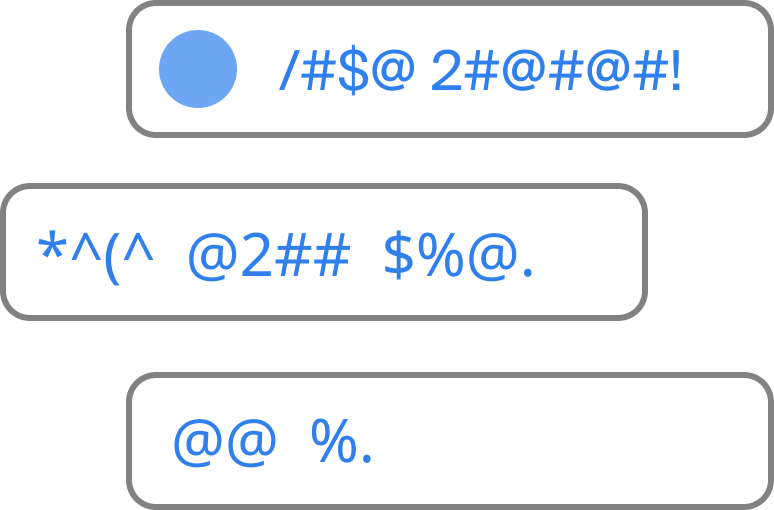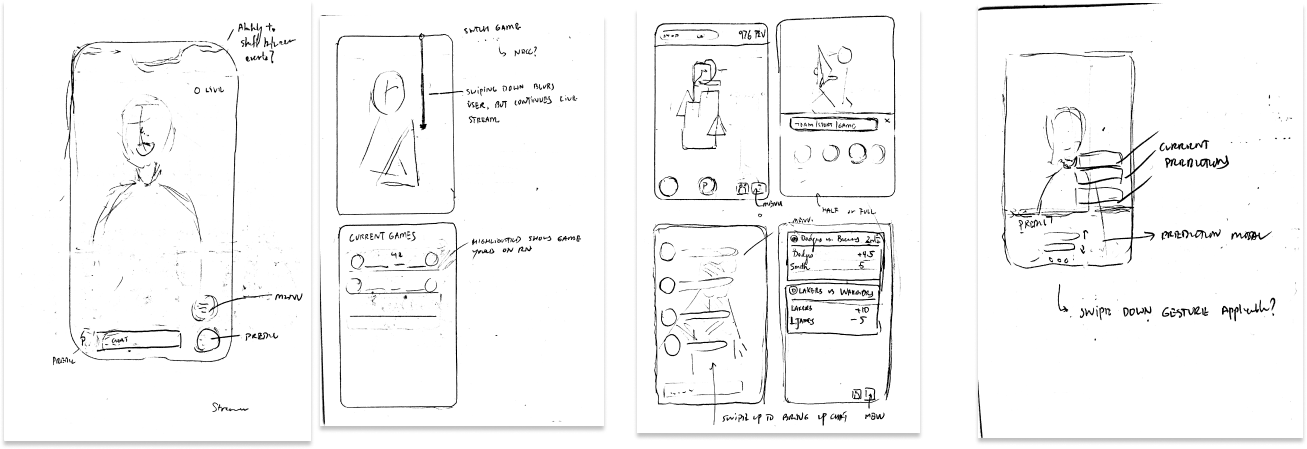PredictEV
Date
August '18 - February '19
Role
User Interface Designer
Summary
PredictEV is a social network focused on sports predictions
and related predictive content. Sports enthusiasts and betting
amateurs cast sports bets through a live stream while providing
commentary, similar to how a regular sportscaster would.
As their designer, I created their first design/interaction
components to the key features of their app (e.g betting, chatting,
“championing”, and viewing live predictions).









